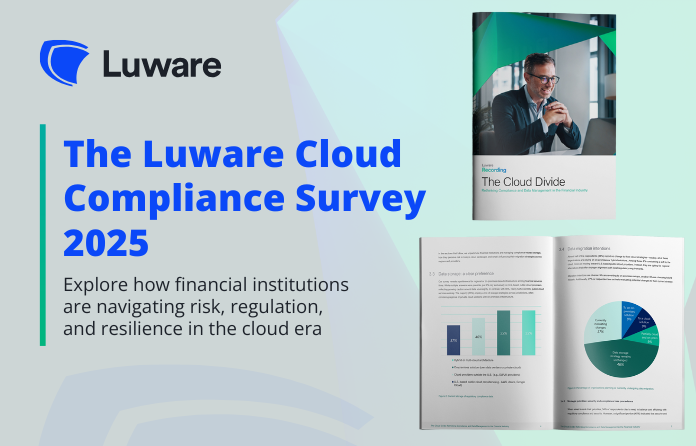As cloud adoption accelerates in the financial services sector, organisations in banking, asset management, and insurance are grappling with the delicate balance between innovation and stringent compliance.
The 2025 edition of the Luware Cloud Compliance Survey offers a timely look at how financial services organisations are reshaping their compliance strategies in an era of rapid cloud adoption. With regulators sharpening their focus on risk management and resilience, firms across banking, asset management, and insurance are reassessing how best to balance innovation with stringent compliance requirements.
The survey draws on insights from compliance, risk, and technology leaders to reveal how the sector is approaching governance and oversight in the cloud. As firms accelerate their migration, the study highlights both the opportunities for agility and efficiency, as well as the risks of falling short on regulatory obligations.
One of the central findings is the role of data sovereignty in shaping modern cloud strategies. As jurisdictions tighten rules around where and how data can be stored, organisations are adjusting their architectures to ensure compliance while maintaining operational performance. This challenge is particularly acute for multinational firms managing data across multiple regions with varying regulatory standards.
The report also outlines the most pressing pain points in cloud compliance, from navigating fragmented regulations to ensuring adequate controls over third-party providers. Firms reported difficulty in standardising practices across different geographies and cloud platforms, underscoring the complexity of achieving consistency in compliance programmes.
Alongside these challenges, the survey provides valuable benchmarking data on governance, oversight, and risk management. By comparing their practices against peers, organisations gain a clearer picture of how their compliance frameworks measure up in an industry where resilience and regulatory expectations are evolving quickly.
Importantly, the study does not stop at identifying risks. It highlights the practical steps firms are taking to build resilience and avoid costly compliance failures. These include enhancing oversight of cloud vendors, investing in continuous monitoring capabilities, and embedding compliance into technology decision-making at the earliest stages.
Looking ahead, the survey points to forward-looking strategies aimed at future-proofing compliance frameworks. These approaches are designed not only to meet current requirements but to prepare for new demands that may arise as regulators adapt to emerging technologies and risks in the cloud. For financial services firms, the message is clear: compliance in the cloud is not static, but a continuous process of evolution and adaptation.
To gather more insights into the state of cloud compliance in 2025, read Luware’s whitepaper here.
Keep up with all the latest RegTech news here
Copyright © 2025 RegTech Analyst
Copyright © 2018 RegTech Analyst






